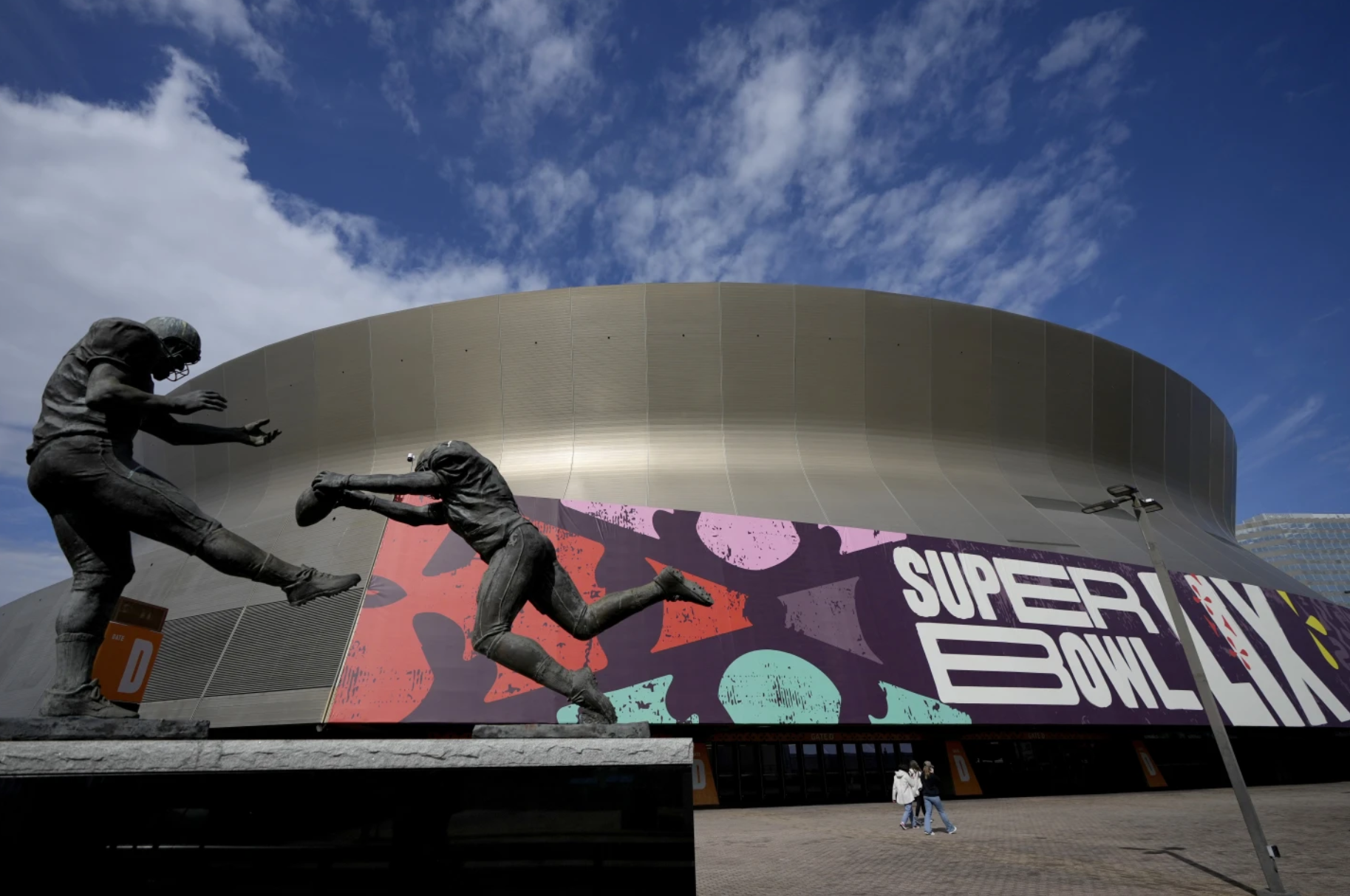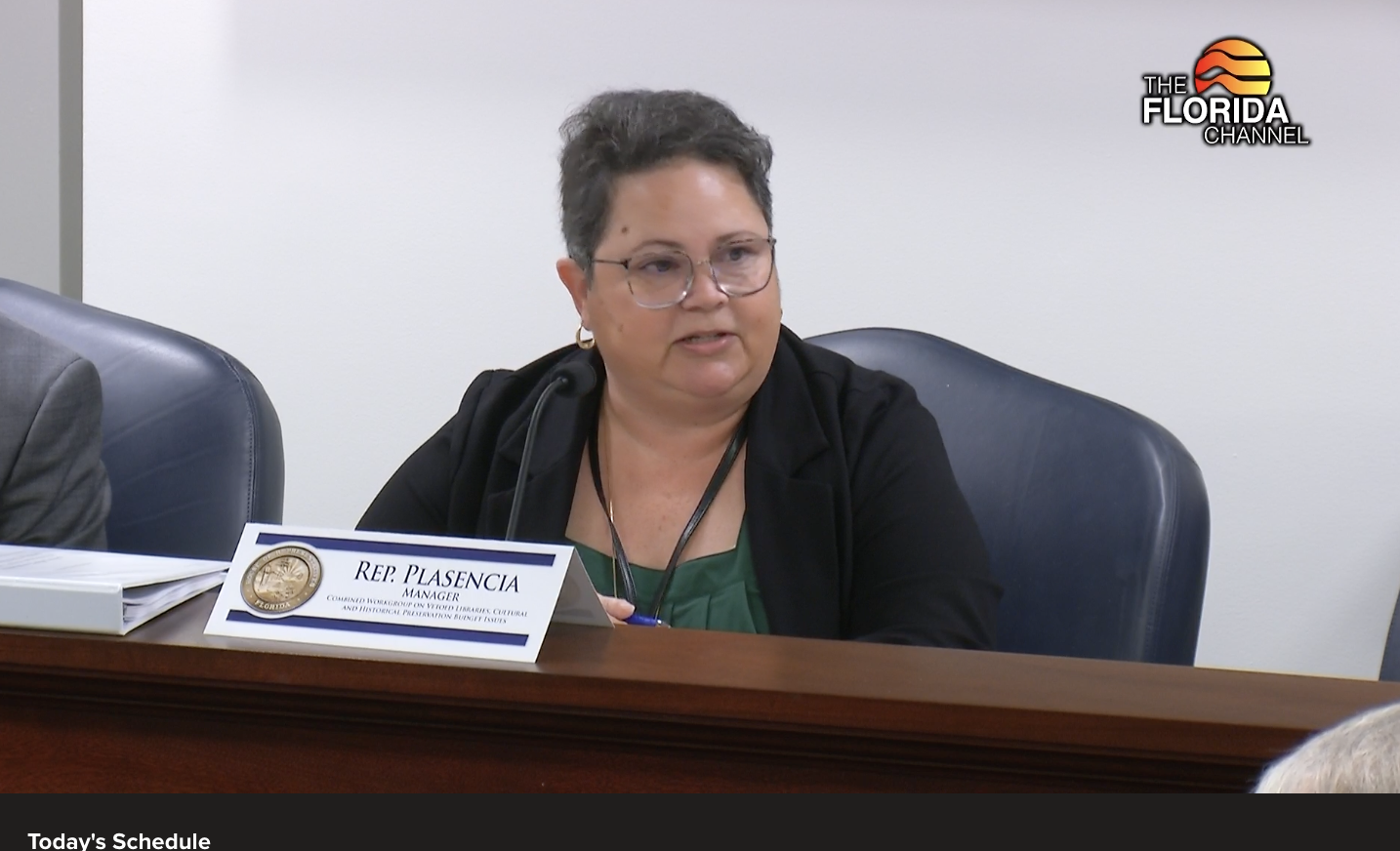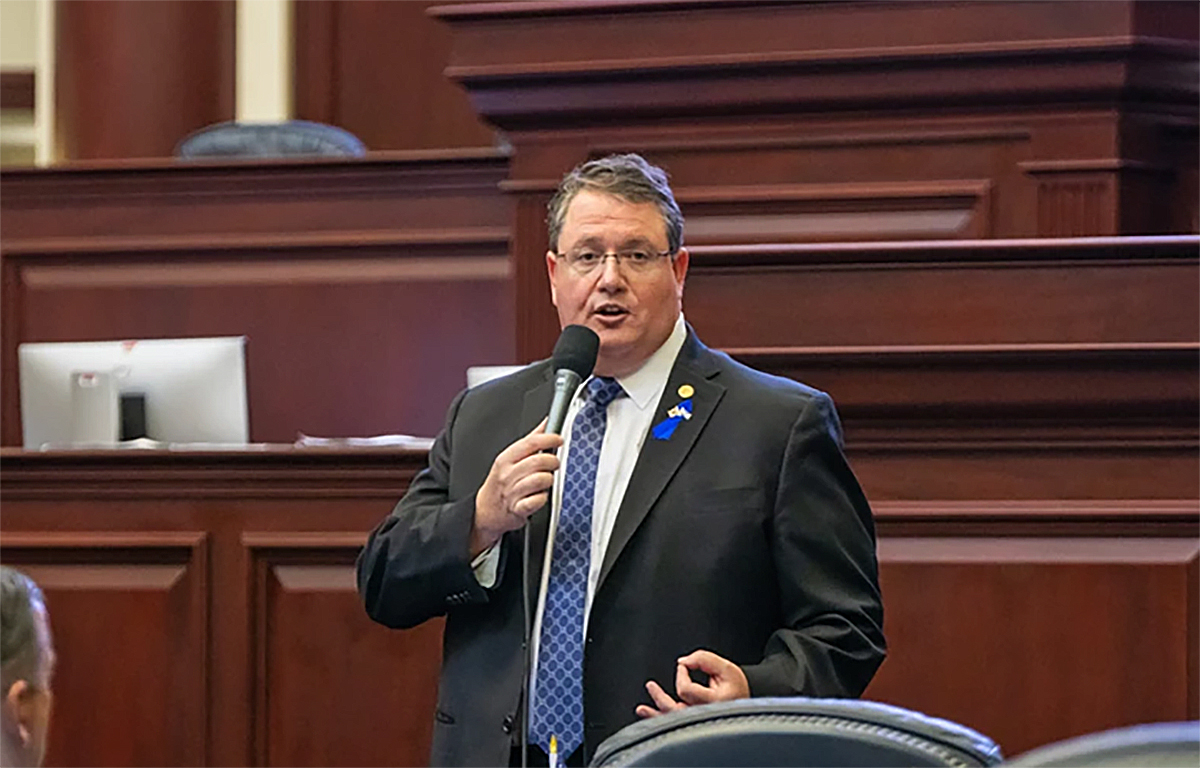NFL coach Sean Payton remains a fan of the nearly 50-year-old Superdome, where he paced the home sideline for 15 seasons.
“I challenge any venue to age like this one has,” Payton, now with the Denver Broncos, said while visiting New Orleans for Super Bowl-related festivities this week.
On Sunday, the hulking, 70,000-seat, triple-decker stadium — an unmistakable figure in the New Orleans skyline with its champagne-colored metallic sheen and hourglass shape — will host a Super Bowl for the eighth time.
Payton surmised the Superdome has housed more special moments in sports history than perhaps any stadium in existence now, “and hopefully more this weekend.”
Nearly $1 billion has been spent on repairs and upgrades to the Superdome since Hurricane Katrina tore a hole in the roof while the stadium was sheltering thousands of New Orleans residents from the storm on Aug. 29, 2005.
About $600 million has been spent to upgrade the dome since it last hosted a Super Bowl in 2013, according to Doug Thornton, an Executive Vice President for ASM Global, a company which manages sports and entertainment venues around the world, including the state-owned Superdome.
Interior ramps were removed and replaced with soaring escalators and modern interior design features that give spacious areas just inside several main entrances the look like modern, upscale hotel lobbies.
Fans “want to be able to walk and talk” during games,” Thornton said. “Particularly the younger generations that come to the games, they want to hang out with their friends.”
Some seating areas in the corners of the two upper levels have been removed to open up gathering decks with panoramic views of the field and surrounding stands.
Those areas give the dome “a much more open feeling,” Thornton said. “And when you’re sitting in your seats, you can actually see through that view corridor to the exterior where there’s exterior glass” letting in natural light.
The exterior windows are difficult to see from the outside because of horizontal aluminum slats that were meant to help them blend in to the exterior skin.
Louisiana’s state architectural board “does not want to do anything that would disturb the exterior facade because of the historical significance of the architecture,” Thornton said. “It was one of the first buildings of its kind to be designed that way. It’s got a timeless look.”
Meanwhile, the Superdome’s expansive, 13-acre footprint and its 2 million square feet of interior space have given architects flexibility to periodically update the building, outfitting it over time with with new sideline clubs behind the first two levels of seating and field-level suites behind one end zone.
Concourses also have widened, while bathroom and concession areas have been expanded and updated.
Video boards also have been updated and enlarged since the last Super Bowl.
“The original design to me is quite remarkable for many reasons,” Thornton said. “One, the sheer volume of building has allowed us to do all this work. This stadium is the same size today as modern stadiums. But it was designed more than 50 years ago.”
The venerable venue not only has hosted seven previous Super Bowls, but also six NCAA men’s Final Fours and five college football national championships since the BCS system (which evolved into the College Football Playoff) began in 1998. In all, 13 college football national championship teams finished their season with a victory in the Superdome, starting with Pittsburgh’s 1976 team in the Sugar Bowl on Jan. 1, 1977.
Here are some of the more memorable moments — not all of them sports-related — in Superdome history:
__ Sept. 15, 1978: Muhammad Ali defeats Leon Spinks in a heavyweight championship bout billed as the “Battle of New Orleans.”
__ Nov. 25, 1980: Boxer Roberto Duran famously quits his bout against Sugar Ray Leonard by uttering, “No mas,” to the referee for the welterweight championship.
__ Dec. 5, 1981: The Rolling Stones played to a crowd of 87,500 in what was touted as the largest indoor concert in history for about three decades.
__ March 29, 1982: Michael Jordan, then a freshman, hit a game-winning, mid-range jumper in North Carolina’s national championship victory over the Georgetown.
__ Jan. 26, 1986: One of the most dominant teams in NFL history, the 1985 Chicago Bears, closed out an 18-1 season with a 46-10 victory over the New England Patriots in Super Bowl XX.
__ Sept. 12, 1987: Pope John Paul II addressed a crowd of 80,000 in this heavily Catholic city.
__ Aug. 15, 1988: George H.W. Bush memorably used the phrase, “a thousand points of light” in his presidential nomination acceptance speech at the Republican National Convention.
__ April 5, 1993: “The Timeout.” Michigan star Chris Weber called a timeout that the Wolverines didn’t have with 11 seconds left in a national title tilt against North Carolina. The technical foul gave North Carolina, which led 73-71 at the time, two free throws and the ball. The Tarheels won, 77-71.
__ Nov. 29, 1997: Renowned Grambling State coach Eddie Robinson coached the final game of his 56-year career in the Bayou Classic against rival Southern.
__ Feb. 3, 2002: Tom Brady won the first of his seven Super Bowls, leading the New England Patriots to that franchise’s first title with a dramatic 20-17 victory over the St. Louis Rams on Adam Vinatieri’s 48-yard field goal as time expired.
__ Jan. 4, 2004: Nick Saban won his first college football national championship — and his only one with LSU — as the Tigers knocked off Oklahoma, 21-14.
__ Sept. 25, 2006: The Superdome reopened for the Saints’ first game in New Orleans since Hurricane Katrina struck more than a year earlier. Special teams cult hero Steve Gleason memorably blocked a punt that was recovered for a touchdown to open scoring in a dominant — and emotional — 23-3 Saints triumph. Before kickoff, U2 and Green Day teamed up for a rendition of “The Saints are Coming.”
__ Jan. 24, 2010: The New Orleans Saints beat the Minnesota Vikings, 31-28, in overtime in the NFC championship game to clinch what remains the franchise’s only Super Bowl berth since its founding in 1967.
__ Jan. 9, 2012: Alabama, with Saban as coach, defeated home-state favorite LSU 21-0 for college football’s national title, ending the Tigers’ bid for an unbeaten season.
__ Feb. 3, 2013: The lights went out — because of an issue outside the stadium — shortly after Beyonce’s halftime show at Super Bowl 48, won by Baltimore, 34-31, over San Francisco in the only NFL championship game to feature two brothers — John and Jim Harbaugh — as opposing coaches.
__ Oct. 13, 2015: Women’s soccer great Abby Wambach played in her final match with the U.S. team — a friendly against China, which won, 1-0.
__ Jan. 13, 2020: LSU and quarterback Joe Burrow cap off one of the most dominant campaigns in college football history with a 42-25 victory over Clemson in the College Football Playoff national title game. The Tigers went 15-0 that season with an average victory margin of 26.5 points.
___
Republished with permission of The Associated Press.
Post Views: 0


 Entertainment8 years ago
Entertainment8 years ago
 Entertainment8 years ago
Entertainment8 years ago
 Politics8 years ago
Politics8 years ago
 Tech8 years ago
Tech8 years ago
 Tech8 years ago
Tech8 years ago
 Tech8 years ago
Tech8 years ago
 Politics8 years ago
Politics8 years ago
 Tech8 years ago
Tech8 years ago











